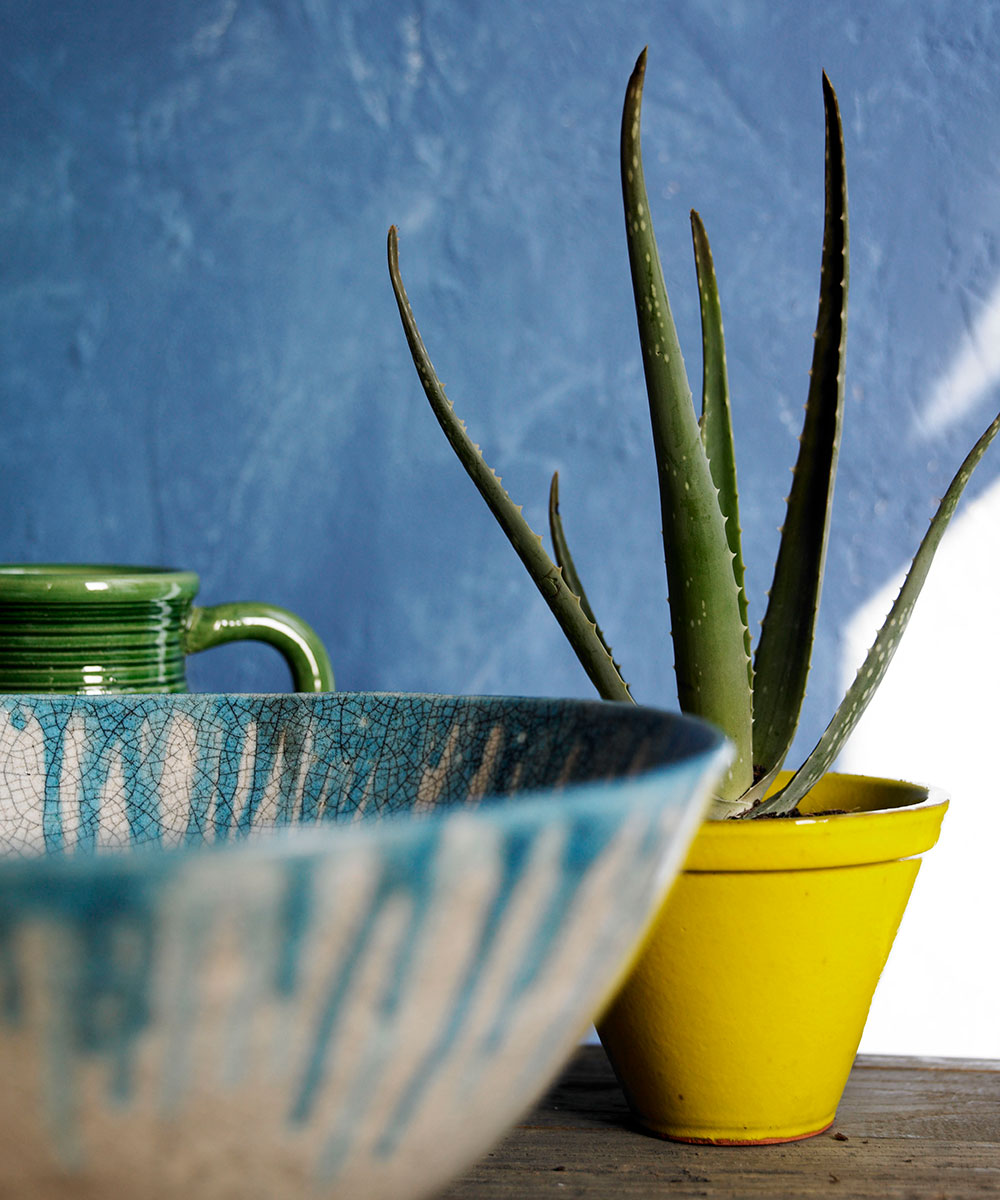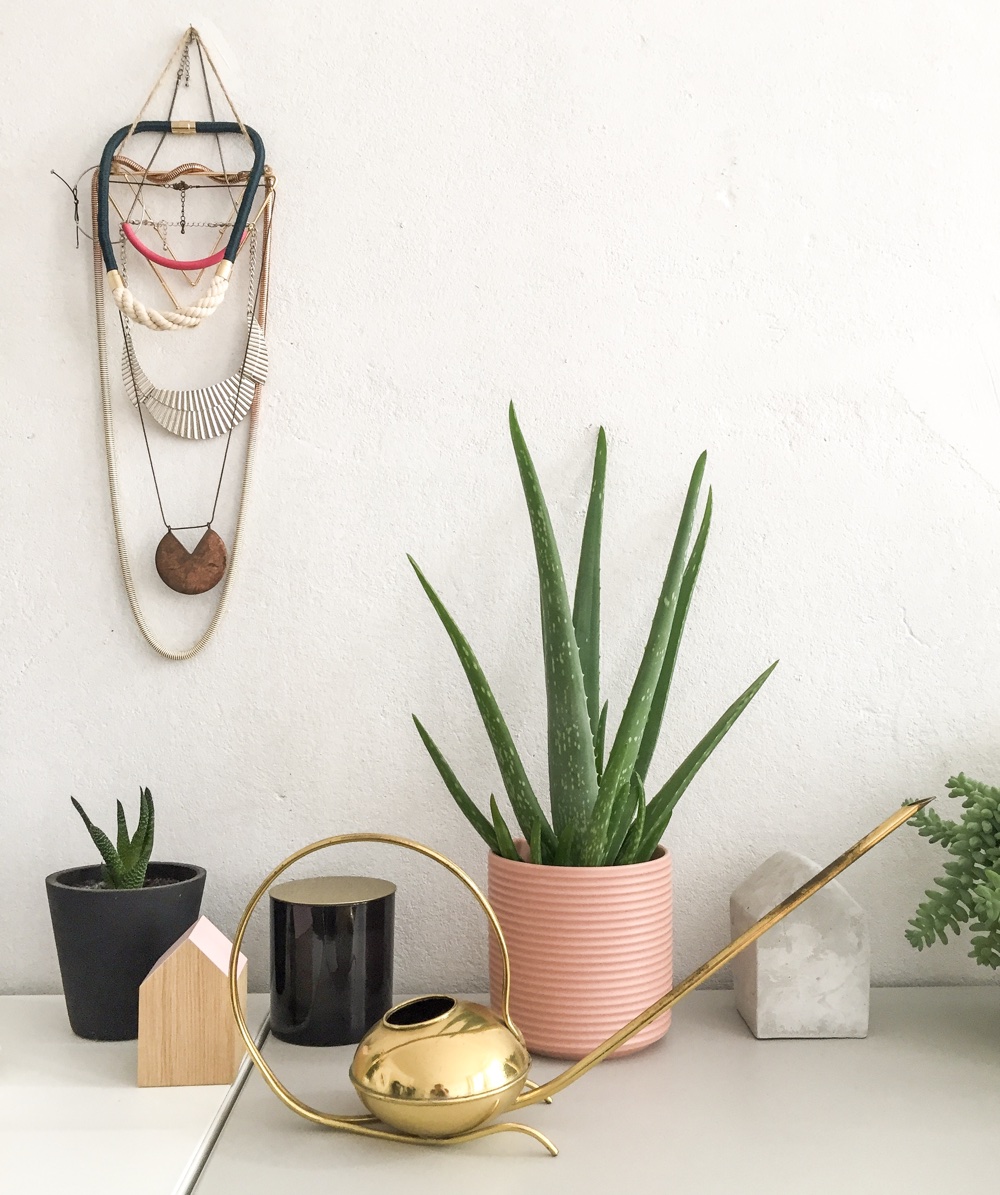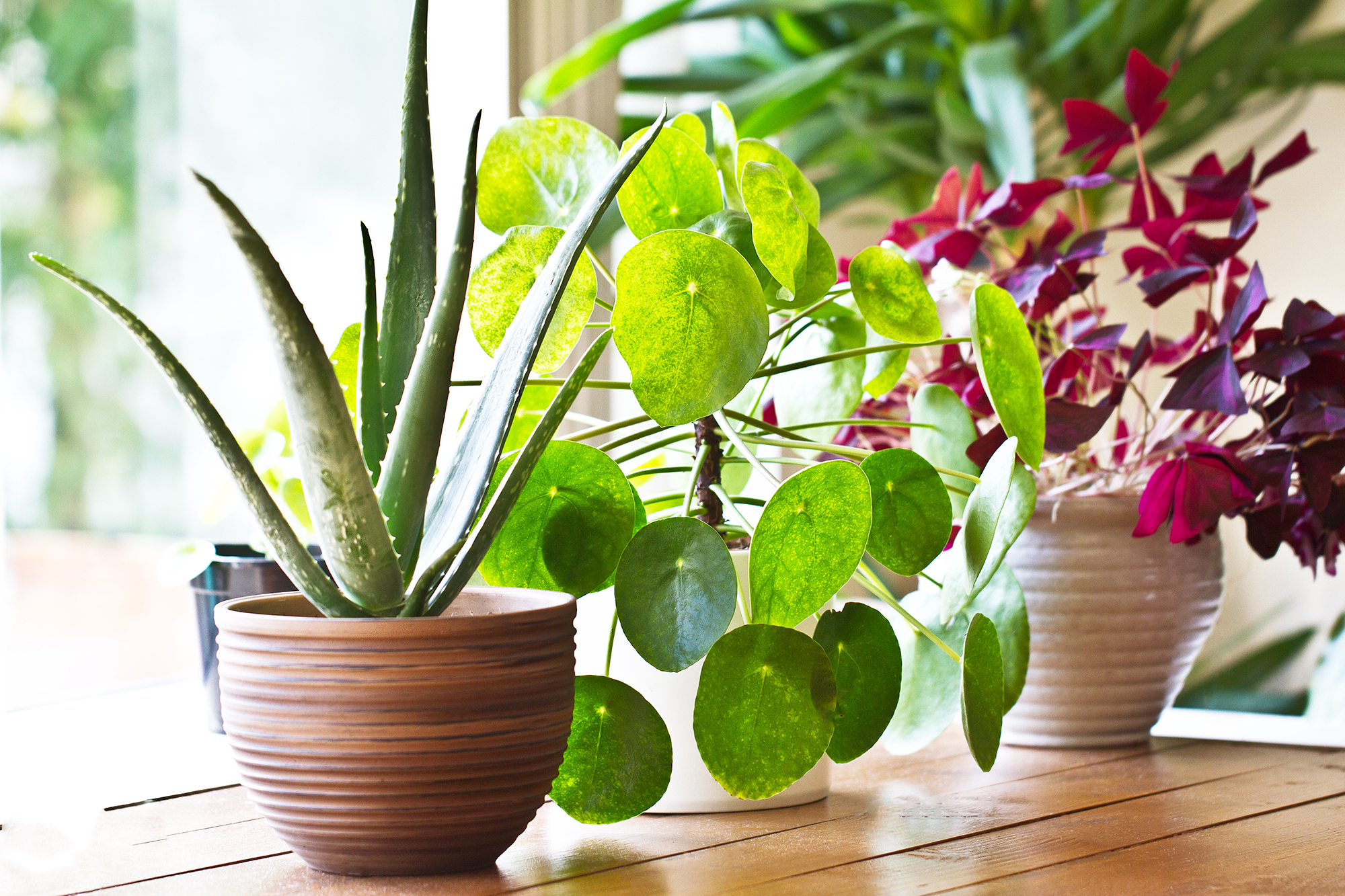Aloe plant care – how to make your aloe vera flourish
Discover the key rules of aloe plant care, to keep your houseplant in optimum health for years to come


Good aloe plant care is essential if you want these light-loving succulents to thrive.
‘Aloe vera is known to be one of the most forgiving succulent plants to care for since it can withstand a variety of conditions – perfect for first-time plant owners or for those who are not able to tend to their plants as often,’ says Lindsay Pangborn, gardening expert at Bloomscape.
An attractive, slow-growing plant, aloe vera is easy to look after. Though native to warmer climes, it is surprisingly tolerant of drops in temperature, which makes it one of the best winter house plants.
‘In addition to being beautiful plants for your home, aloe vera plants have gel in their leaves that can be used as a healing remedy for ailments, such as cuts, burns, and bruises.’
Harvesting aloe vera gel from your plant is a simple, fun activity. ‘The gel can be applied to the skin, but should never be ingested,’ warns Pangborn.
Aloe plant care guide
As long as you follow a few simple steps, good aloe plant care is achievable for novices and experts alike.
‘Aloe vera are wonderful plants to add to any collection. They don’t have many requirements but the ones they do really make them thrive,’ says Sonja Detrinidad, owner of succulent specialist Partly Sunny Projects.
Design expertise in your inbox – from inspiring decorating ideas and beautiful celebrity homes to practical gardening advice and shopping round-ups.
‘As succulents, aloes store water in their leaves, so firstly it’s important for these plants to not get overwatered.’

How often do you water an aloe vera plant?
How often you water aloe vera will depend on the time of year, and how dry the soil feels – but getting it right is the most critical part of your aloe plant care regime.
‘Aloe vera are able to withstand periods of drought and should only be watered when their soil is completely dry,’ says Pangborn.
Overwatering aloe vera is one of the leading causes of plant death, and will quickly lead to wilting and rot.
Rather than water the plants on a schedule, you should push your finger into the soil to check to see if it is dry.
However, as a rough guide, gardening author and broadcaster Ellen Mary suggests you should expect to water your aloe vera plants every two to three weeks from spring to summer, and then once a month from autumn to winter.
‘Never let the plant sit in water. Fully water the soil and then let it drain out through drainage holes at the bottom of the pot before returning it to the outer pot,’ she says.
How much light do aloe vera plants need?
Aloe vera thrive in lots of bright indirect light, to full sunlight. ‘If they are placed in spaces that lack these levels of light, their leaves can begin to yellow and droop downwards,’ says Pangborn.
As a rough guide, an aloe plant should be placed on a sunny windowsill where it will receive a minimum of 6-8 hours of bright light each day.
'If sunlight is not readily available, there are a wide variety of grow lights available, including just switching out your current lightbulb for a grow lightbulb,’ says Detrinidad.
Temperature is also a factor in aloe plant care. ‘Aloe vera does well in areas with dry air and does not require extra humidity. Normal room temperatures between 65-85°F (18-29°C) are best,’ says Pangborn.

Should I prune aloe vera?
Aloe plants do not usually need to be pruned, however some tidying up may occasionally be required. You may also remove its leaves to extract gel.
‘If the plant dries out too much between waterings, the lower leaves may start to shrivel and brown,’ says Pangborn. ‘In this case, use a sharp cutting tool to remove them and improve the aesthetics.’
You can also deadhead your aloe plant after flowering, and periodically remove baby offsets – or ‘pups’ – which will drain resources from the parent plant. If you know how to divide plants, you can propagate these to create new aloe plants.
‘If your aloe receives enough light, it will reward you with a blooming stalk,’ adds Pangborn. ‘Once the flowers have shriveled up, the flowering stalk can be cut down near the base of the plant.’
How to repot aloe plants
As aloe vera is a slow-growing plant, it won’t require repotting very often – only do this once the plant has outgrown its pot or become leggy.
You’ll need a slightly larger pot – porous terracotta is ideal – with good drainage holes. If the aloe plant has a stem, then the container will need to be deep enough to accommodate it, as cutting off the stem could kill the plant.
Fresh, well-draining potting mix is also essential. ‘Most store-bought brands don’t provide enough drainage so mixing your own medium with 6 parts soil to 4 parts grit (such as pumice, perlite or coarse sand) is a good place to start,’ says Detrinidad.
If your plant has any brown leaves, remove these now, along with any offsets. Take care not to damage the plant’s roots when repotting.
As the potting mix will already contain some moisture, it’s best not to water your aloe plant immediately after repotting. Wait a few days for the soil to dry out a little.

Pests and problems
Pests are rarely a problem with aloe vera, though it is possible that your plant could become affected.
‘Similar to other houseplants, they could suffer from red spider mite to mealybugs, but if you keep an eye on your aloe vera frequently you'll be able to spot any pests early on in order to take action,’ says Mary.
The biggest problem that impacts aloe plant care is usually overwatering – so look out for the common signs that you need to cut down.
‘When aloe veras are receiving too much water, their stalks will most likely turn brown or yellow and be soft to the touch,’ says Pangborn. ‘Particularly during the winter, your aloe vera can and should withstand less frequent waterings.’
How to harvest aloe vera gel
Aloe vera gel has skin-healing properties and is used in beauty products and after-sun treatments to soothe inflamed and sunburnt skin.
'I love house plants and whether it's my homegrown herbs in the kitchen, bulbs and flowers in my living room and bedroom, or ferns and succulents in the bathroom, they always lift my mood and bring life and color to my home,' says Jane Clarke, founder of Nourish by Jane Clarke.
'I grow pots of aloe vera in my kitchen and bathroom. Inside the leaves is a thick gel that's a brilliant home health remedy.'
You can harvest aloe vera gel from your own house plants. And there's a smart hack to keep it super-fresh…
To harvest aloe vera gel, you'll need to cut a leaf from your plant, but don't worry – it won't affect the health of your plant and it means you'll have a brilliant health remedy at your fingertips. Here's Jane Clarke's harvesting how-to tips…
1. First, cut a thick leaf from base at the outer section of the plant. The thicker the leaf, the more gel it will contain inside.
2. Trim the prickly edges. Then slice away one long side of the leaf to reveal the gel.
3. Slide a knife under the gel to remove it from the leaf. Then cut it into cubes.
4. Keep it fresh. Store the aloe vera gel in the fridge for up to two days, or cut into cubes and keep it in the freezer.

Melanie has worked in homes and gardens media for two decades. Having previously served as Editor on Period Living magazine, and worked on Homes & Gardens, Gardening Etc, Real Homes, and Homebuilding & Renovating, she is now focusing on her passion for gardening as a Senior Editor at Gardening Know How. As a keen home grower, Melanie has experimented with pretty much every type of vegetable at some point – with mixed results. Often it is the simplest things that elude you, which may explain why she just can't seem to master zucchinis.